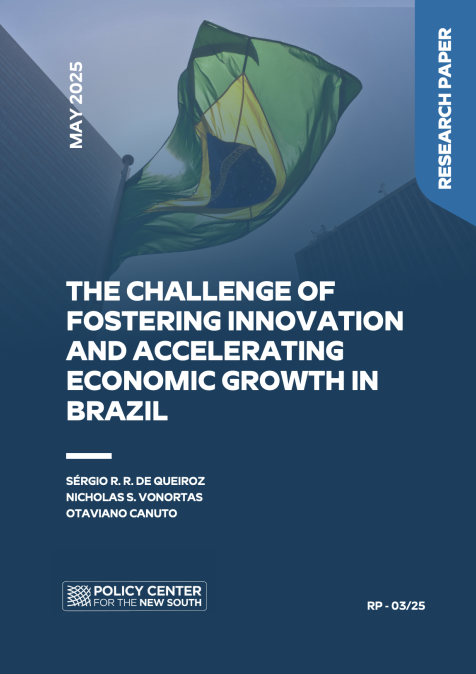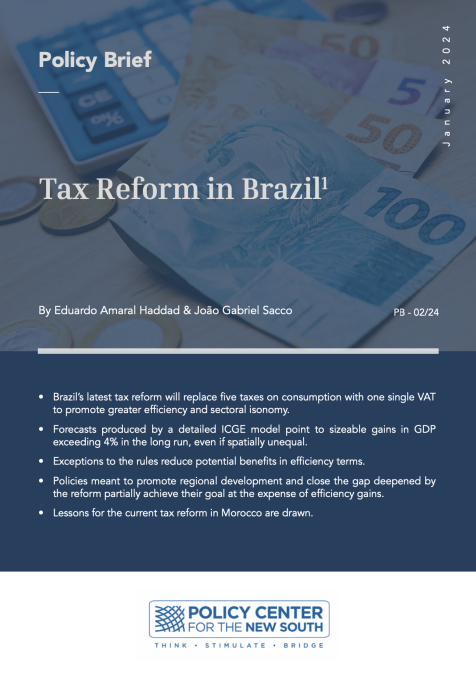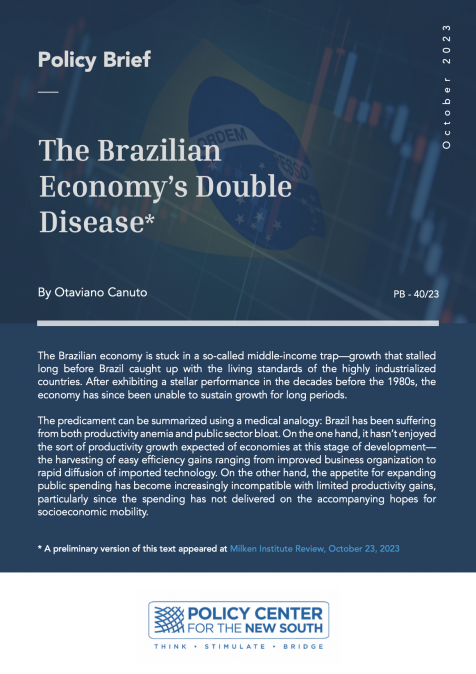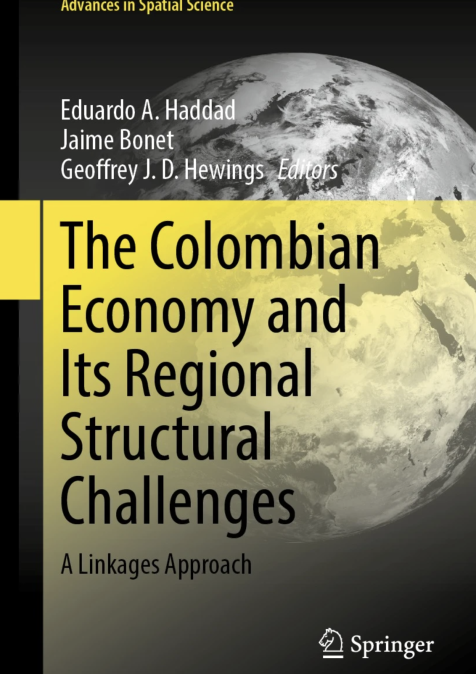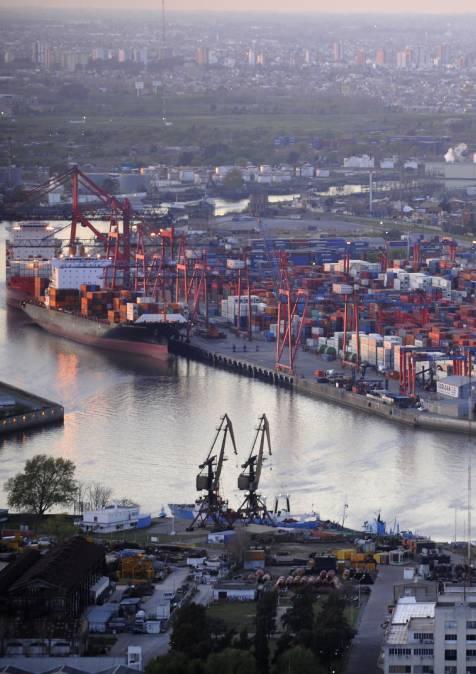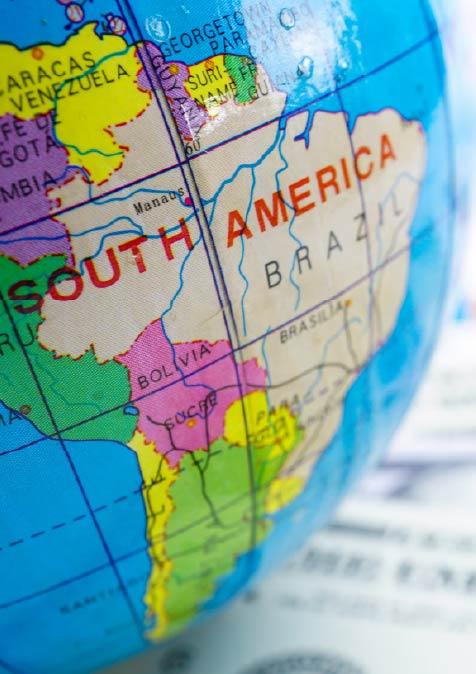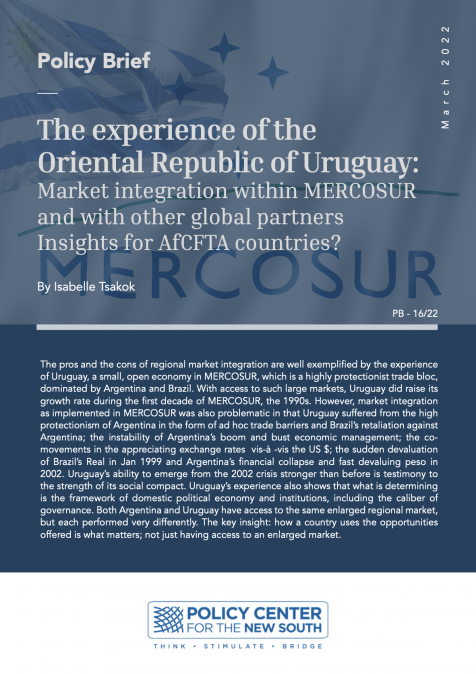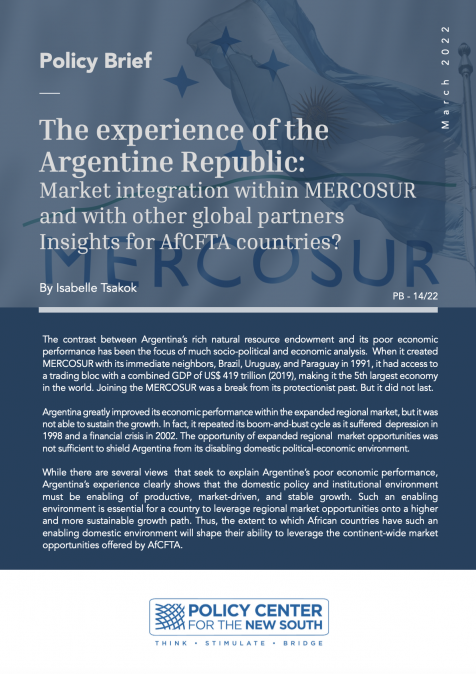Publications /
Paper in Academic Journals
This chapter analyzes the emergence of disparities in income and development levels between Brazil’s main regions, in particular the gap that exists between the comparatively rich South and Southeast and the poorer North and West regions. Economic activity and the population are concentrated in a small part of the territory. Even within this reduced area, the geographical distribution is highly uneven. Besides concentration, regional inequalities are marked in the country in terms of per capita income, education, access to public services, and so on. This scenario of concentration and inequality is quite persistent, as the data available indicate. We conclude with a discussion of regional policy, both intended and unintended. The present levels of inequality shows the failure of the traditional place-based regional policies implemented in the past. The people-based policies implemented in recent decades have been the most effective way of reducing regional inequality.

